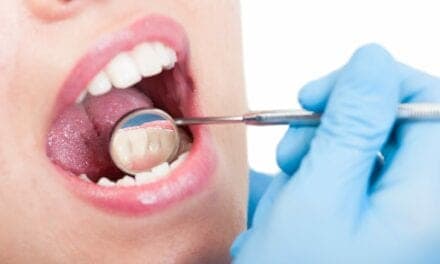A multidisciplinary clinical practice guideline, "Polysomnography for Sleep-Disordered Breathing Prior to Tonsillectomy in Children", was published as a supplement to the July issue of Otolaryngology—Head and Neck Surgery. This guideline provides otolaryngologists with evidence-based recommendations for using polysomnography in assessing children, aged 2 to 18 years, with sleep-disordered breathing (SDB) and who are candidates for tonsillectomy, with or without adenoidectomy.
Polysomnography (PSG) is presently the gold standard for diagnosing and quantifying sleep-disordered breathing in children. SDB affects approximately 12% of children with manifestations ranging from simple snoring to potentially serious conditions, including sleep apnea. SDB is also the most common indication for tonsillectomy with or without adenoidectomy in the United States. Since more than 530,000 tonsillectomies are performed annually on children younger than the age of 15, primarily for SDB, clear and actionable guidance on optimal use of PSG is strongly needed.
"Less than 10% of children get a sleep study before tonsillectomy," notes Richard M. Rosenfeld, MD, MPH, guideline author and consultant. "The polysomnography guideline will empower doctors and parents to get the right test for the right reasons, leading to safer surgery and better outcomes for children with tonsils that block their breathing while asleep."
The primary purpose of this guideline is to improve referral patterns for polysomnography among these patients. In creating this guideline, the American Academy of Otolaryngology—Head and Neck Surgery Foundation selected a panel representing the fields of anesthesiology, pulmonology medicine, otolaryngology–head and neck surgery, pediatrics, and sleep medicine.



